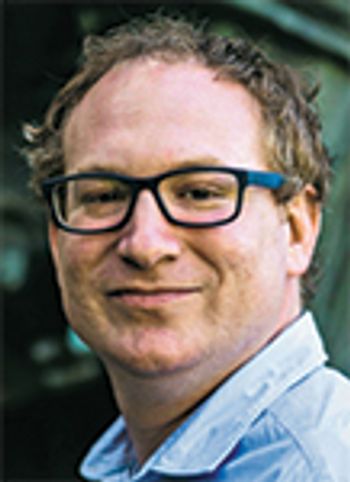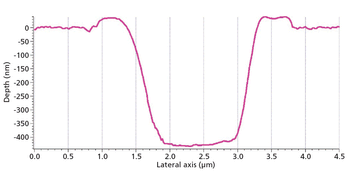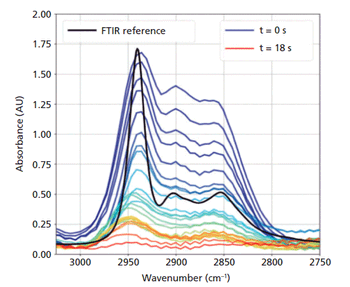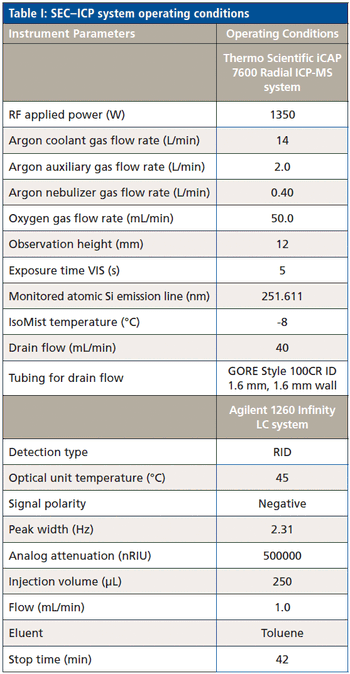
Spectroscopy
Click the title above to open the Spectroscopy January 2019 regular issue in an interactive PDF format.

Spectroscopy
Click the title above to open the Spectroscopy January 2019 regular issue in an interactive PDF format.

Spectroscopy
So far, we have restricted our discussion to organic functional groups that contain carbon, hydrogen, and oxygen, with past columns addressing the theory of infrared spectral interpretation of C-H bonds, C-O bonds, and the C=O functional group. We now turn our attention to interpretation involving organic nitrogen compounds.

Spectroscopy
This year’s Emerging Leader in Atomic Spectroscopy, Dominic Hare, is a forerunner in developing laser ablation–inductively coupled plasma–mass spectrometry methods for in situ analysis of trace elements in tissue to investigate the presence of biometals related to neurodegenerative diseases.

Spectroscopy
Jorge Pisonero of the University of Oviedo studies the performance of the laser ablation process in laser ablation–inductively coupled plasma-mass spectrometry, examining aspects such as the morphology of the craters created during sampling and the role of laser fluence. He also studies the effect of these factors in specific applications of LA-ICP-MS. He recently spoke to us about this work.

Spectroscopy
In the near past, discharge lamps, dye lasers, and optical parametric oscillators were the only useful sources for spectroscopy. New broadband sources, such as supercontinuum lasers, laser-driven plasma sources, and high-brightness light-emitting diodes (LEDs), are now available. We look at what these options offer for spectroscopy.

Spectroscopy
Polydimethylsiloxane (PDMS) compounds are ubiquitous; thus it is challenging to develop analytical methods that ensure their absence. A newly developed method combining sizeexclusion chromatography with inductively coupled plasma–optical emission spectroscopy makes it possible to quantify ultratrace levels of PDMS in volatile and nonvolatile organic solvents. A complete range of molecular weights can also be distinguished with this approach.